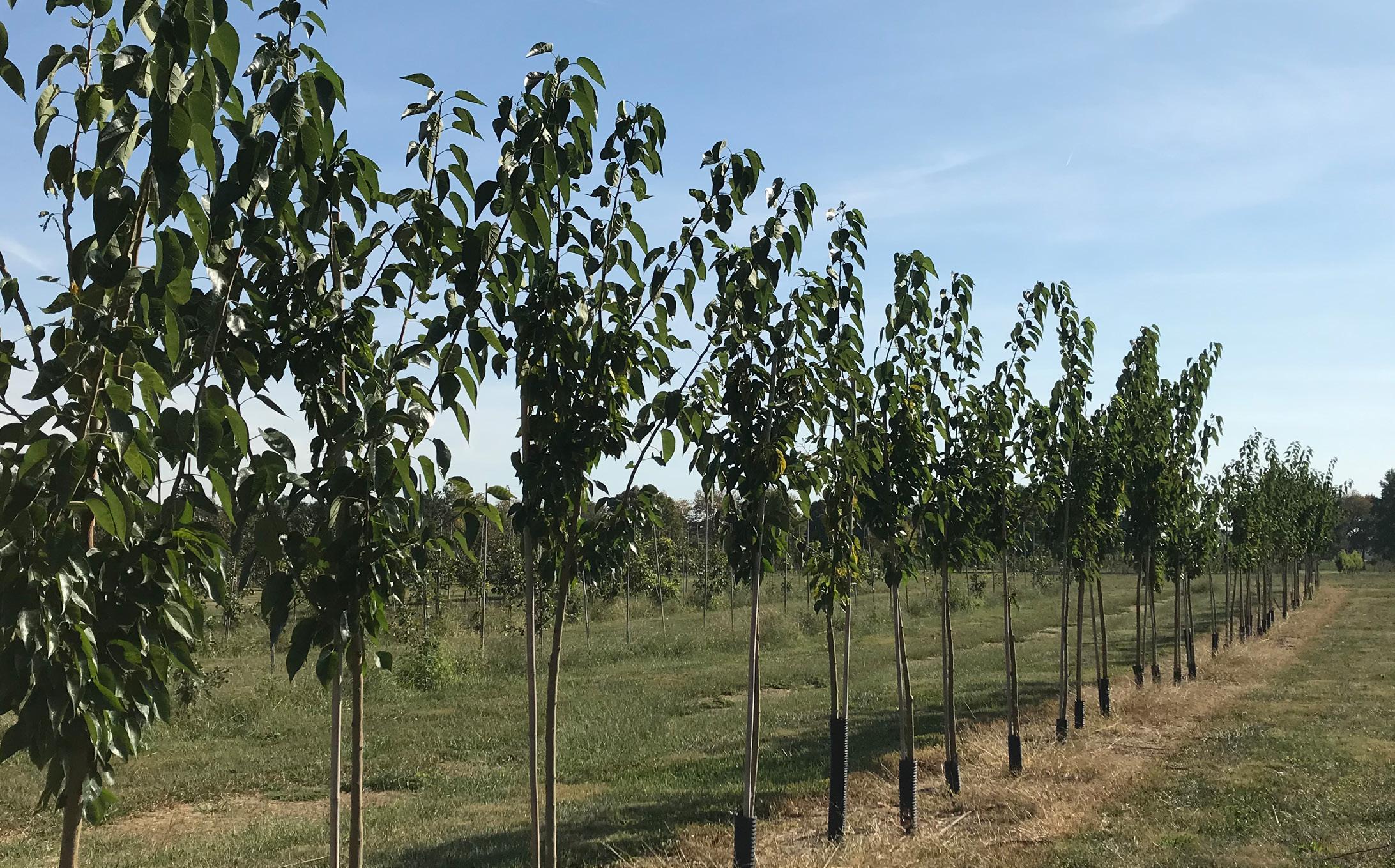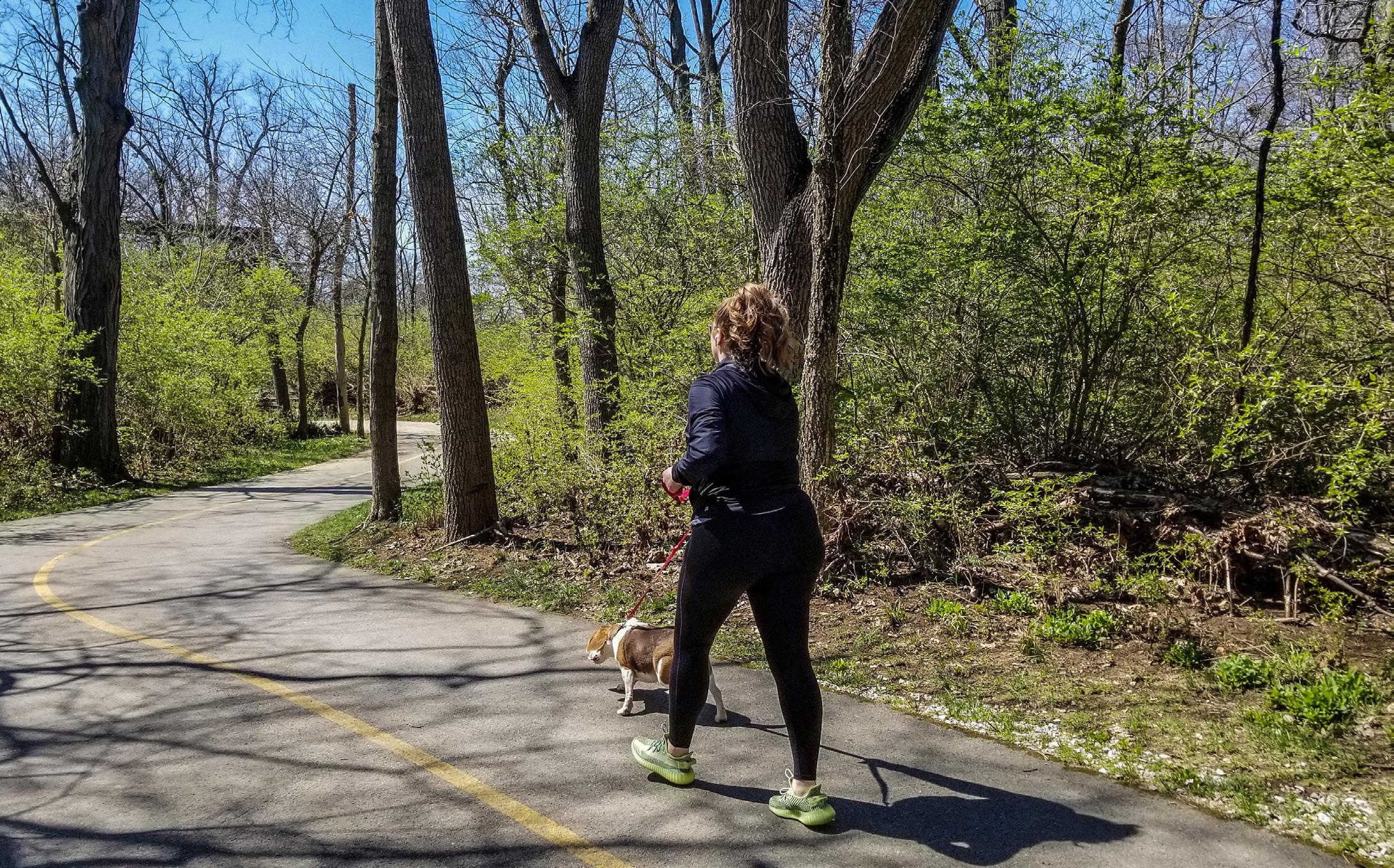
1 minute read
The Assessment Process
THE ASSESSMENT PROCESS
Figure 4.1 | Columbus City Nursery
The City of Columbus owns and operates a nursery to supply trees for planting throughout Columbus. Featured are 'White Shield' Osage orange trees. ▲ Through analysis of existing tree data, City Forestry operations, and stakeholder feedback, national urban forestry experts at Davey Resource Group and Urban Canopy Works scored Columbus on 32 indicators of a sustainable urban forest.1
Resource Analysis Columbus has two main sources of tree data: 1) a public street tree inventory and 2) an urban tree canopy assessment. Both were analyzed to understand the diversity, resilience and age of the city’s urban forest and determine data limitations. Forestry Operations Review An internal review of the City of Columbus’ urban forestry operations was conducted to evaluate current practices and policies that influence the maintenance, planting and care of public trees.
1 This evaluation structure comes from a combination of James Clark’s Model of Urban
Forest Sustainability and Andy Kenney’s Criteria and Indicators for Strategic Urban Forest Planning and Management.
A Comprehensive Evaluation A comprehensive resource and program assessment based on the Indicators of a Sustainable Urban Forest was performed to assess the current, baseline state of Columbus’ urban forest. The indicators use urban forestry industry standards and best management practices to evaluate a community’s trees, how they are managed and the level of community engagement. For each indicator, Columbus’ current performance level was rated as low, moderate, or good. Summary of Major Findings
The following pages highlight the major findings from the assessment process. The “Columbus Urban Forest Assessment Technical Report: 2020,” a companion document to the UFMP, provides detailed methodology, data and analyses about Columbus’ urban forest. The report can be found on the City of Columbus website at www.columbus.gov.
Performance levels were determined through analyses of existing data, and stakeholder input from the community (Chapter 3), with guidance from Davey Resource Group, Urban Canopy Works and Designing Local. The tree and management indicators were evaluated with data while the assessment of stakeholder engagement ("The Players" indicators) was based on the views of the Advisory Group members.
Figure 4.2 | Walking Along Blacklick Creek Trail
The City of Columbus works to preserve forested areas as parkland for residents to enjoy. ▼










